We've got fermentation fever; that is to say, we've long loved bio-fermentations in skincare, directly in line with our bio-design approach to formulation. Fermented ingredients are time-honored with a rich history in food (think wine, beer, bread, yogurt, kombucha, kimchi and cheese). The process of making these fermented foods are some of the oldest examples of biotechnology use in human history. Bio-ferments are cutting-edge, future-forward and sustainable in their ability to nourish the skin as potent compounds. More independent studies are needed to confirm the full capabilities of bio-fermentations, but let's break down what scientists know and love about these incredible molecules and their skincare benefits.
WHAT IS BIO-FERMENTATION?
Bio-fermentation is a scientific process that involves the use of microorganisms to extract innovative, potent ingredients from plant-based raw materials. The "bio-" refers to the biological matter, i.e., plants. Likewise, biotechnology is defined as a technology that uses biological systems or organisms to create or modify products or ingredients for a specific purpose.
Through fermentation, the structure of a plant-based material is converted into a more biologically and physiologically active matrix (a fancy word for medium or fluid material). The process is highly dependent on the choice of microorganism strain, type of plant material, and the conditions in which the conversion takes place. By selecting the appropriate strain, fermentation transforms high-molecular plant-based compounds into low-molecular structures, resulting in more readily available molecules for absorption and utilization by our skin.
With bio-fermented ingredients being increasingly popular in the beauty industry, it's important to understand the scientific principles behind bio-fermentation (and work with a qualified cosmetic chemist) to produce ferments that are effective and safe for use. The list of plant-based (and organic) materials that can be transformed via fermentation is an extensive one, but some stand out more than others simply due to the history of their use and their science-backed efficacy. Popular examples include berries (goji, blackberry, raspberry), green tea, grains, various flowers, succulents (aloe vera, purslane), roots (radish, ginseng, licorice, carrot, wasabi), citrus fruits, algae, and soybean. By leveraging the power of microorganisms, this ingenious process essentially offers up the most potent rendition achievable of these skin-beneficial molecules from plant-based raw materials.
What are the overall skin benefits of bio-fermented ingredients?
Depending on the type of materials used for the substrate, on the whole, bio-ferments offer an abundance of multi-beneficial compounds ranging from antioxidants, anti-inflammatories, and phytonutrients including proteins, amino acids, minerals, lipids, and vitamins to ceramides, peptides, polysaccharides, enzymes, and acids. There's a reason terms like "The Mother" (think motherlode) are used in fermentation!
The most noteworthy factor of bio-ferments is their increased bioavailability and bio-compatibility for the skin. Due to their newfound low-molecular weight via fermentation, the potential for penetration and absorption is significantly increased. Additionally, as far as skin benefits go, all of the compounds listed above have the power to help strengthen and reinforce the skin barrier integrity, which in turn can reduce the potential for sensitivity and visible signs of redness. Bio-ferments are generally effective without causing irritation, congestion, or impairing the skin's physiology.
Another exciting - and developing - body of evidence around bio-ferments is their ability to balance and nourish the microbiome. Certain bio-ferments provide a bounty of prebiotic, probiotic, and phytonutrient support to formulations that can help to boost healthy microflora ecosystems across the skin that make up the microbiome. This is so significant as the microbiome is part of our first-line defense against environmental aggressors - or simply (or not so simply), maintaining a healthy physical barrier between our internal body and the world. Kinda crucial, right?
One interesting side note: formulating skincare products with probiotic substrate ingredients can be a challenge since live bacteria (friendly or not) should not be present in finished cosmetic products* - preservatives exist for an important purpose! To address this challenge, chemists use a process called filtration to remove any living bacteria from the final ingredient while still conserving its beneficial properties. This allows the skin to benefit from the properties of a bio-ferment without having to worry about any potential side effects associated with live bacteria in products. For many popular bio-fermentations - and several of the ones used in our formulations - you'll often see "filtrate" in the ingredient name for this reason.
*Exceptions do exist for viable probiotic topical products specifically designed to be kept in strict storage conditions, like refrigerated environments, or encapsulated, in order to reach the host site (skin) alive.
Which bio-fermentations does Josh Rosebrook use?
We use a variety of multi-benefit, cutting-edge bio-ferments to enrich our formulations.
Saccharomyces Ferment Filtrate
Saccharomyces Ferment Filtrate (SFF) is derived from the fermentation of a type of yeast. Noted as a rich source of beta-glucan, it's a barrier-supportive humectant with antioxidant properties that help to keep the skin in balance while protecting against environmental stressors. Beta-glucan works in synergy with other plant-based ingredients to boost hydration and help reduce the appearance of redness. SFF also functions as a skin-soothing agent, one of the primary reasons we chose it for formulation inclusion in Ultra Peptide Cream.
Chamos Acaci Bifida Ferment Lysate
Chamos Acaci Bifida Ferment Lysate (CABL) is derived from the bifidobacterium, a probiotic strain known for its positive effects on skin health. CABL is a complex mixture of proteins, peptides, amino acids, vitamins (B and E), and trace minerals (zinc and copper), all of which are important for maintaining skin barrier integrity. A study published in the Journal of Cosmetic Science revealed that CABL significantly improved the skin's barrier function by increasing ceramide levels and reducing transepidermal water loss (TEWL). This effect is critical for maintaining skin hydration and preventing dryness, irritation, and sensitivity. Research has also shown that CABL exhibits potent antioxidant activity, neutralizing damaging free radicals caused by UV radiation and other environmental pollutants.
Lactobacillus Ferment Lysate
Lactobacillus Ferment Lysate (LFL) is a popular fermentation created by promoting the growth of friendly bacteria Lactobacillus, a strain found naturally on the skin. A primary benefit of LFL is its ability to help support microbiome resilience, therefore helping to promote the health and overall appearance of the skin. LFL has also been reported to speed skin renewal, improve skin tone, and encourage the appearance of increased firmness while minimizing the appearance of wrinkles. Additionally, it can help soothe redness caused by environmental stressors. You can find LFL in our antioxidant-packed Essential Balm Cleanse.
Rice Ferment Filtrate
Rice Ferment Filtrate (RFF) is a time-honored ingredient used for centuries within Asian beauty rituals and cuisine (think sake). It's typically derived by fermenting rice with yeast strain Saccharomyces. RFF contains a pretty incredible panel of phytonutrients, including amino acids, peptides, vitamins, ceramides, and polyphenols - this is a barrier-boosting cocktail.
Leuconostoc/Radish Root Ferment Filtrate
If you are a skincare fanatic, you've probably seen this ingredient many a time towards the bottom of an INCI. While Leuconostoc/Radish Root Ferment Filtrate (LRRFF) is not an "active" ferment deserving of marketing, it's a preservative worth mentioning as it plays an important role in the formulations it's chosen for. Derived from the fermentation of radish roots by the Leuconostoc kimchii bacteria, LRRFF offers several advantages while maintaining the product's overall safety, along with being a well-tolerated ingredient for those prone to sensitivities and irritation. LRRFF is an intricate mixture of organic acids and enzymes with an antimicrobial peptide as the primary active compound responsible for inhibiting the growth of microorganisms.
Interestingly, LRRFF also supports the stability and efficacy of other skin-beneficial fermentations due to its innate composition. This synergistic quality allows for the development of our bio-designed, innovative formulations that harness the power of fermentation while maintaining product integrity and shelf life. You can find LRRFF as a preservative throughout many of our formulations.
DISCLAIMER: The views and opinions presented here represent those of the brand and author and should not be considered to represent medical advice or guidance.
RESOURCES
- “Biological and Cosmetical Importance of Fermented Raw Materials: An Overview.” Molecules. 2022.
- “The Importance of Fermented Plant Extracts for Anti Aging In Cosmetics Products”. World Journal of Pharmaceutical Research. 2021
- “Cosmeutical Importance of Fermented Plant Extracts: A Short Review”. International Journal of Applied Pharmaceutics. 2018.
- “Anti-Aging Effects of Probiotics.” Journal of Drugs in Dermatology. 2016.
- “Changing our Microbiome: Probiotics in Dermatology.” British Journal of Dermatology. 2020.
- Saccharomyces Ferment Filtrate: Cosmetic Ingredient Profile. Special Chem. Accessed 2023.
- “Validation of the Tight Junction Promotion and Skin Barrier Enhancement by Saccharomyces Rice Ferment Filtrate.” Journal of Cosmetic Science. 2022.
- “Probiotics in Cosmetic and Personal Care Products: Trends and Challenges.” Molecules. 2021
- "Effect of Bifida Ferment Lysate on Skin Barrier Function.” Journal of Cosmetic Science. 2019.
- Clinical Trial, "Efficacy of a Bifida Ferment Lysate-Enriched Serum on Age-Related Skin Changes." 2020.
- “Antioxidant Activity of Bifida Ferment Lysate: A Comparative Study." International Journal of Cosmetic Science. 2018.
- “The pivotal role of Bifida Ferment Lysate on reinforcing the skin barrier function and maintaining homeostasis of skin defenses in vitro.” Journal of Cosmetic Dermatology. 2023.
- “Antimicrobial Activity of Leuconostoc/Radish Root Ferment Filtrate: A Natural Preservative for Cosmetic Products.” International Journal of Cosmetic Science. 2014.
- “Safety Evaluation of Leuconostoc/Radish Root Ferment Filtrate: A Natural Alternative to Synthetic Preservatives.” Journal of Applied Microbiology. 2016.

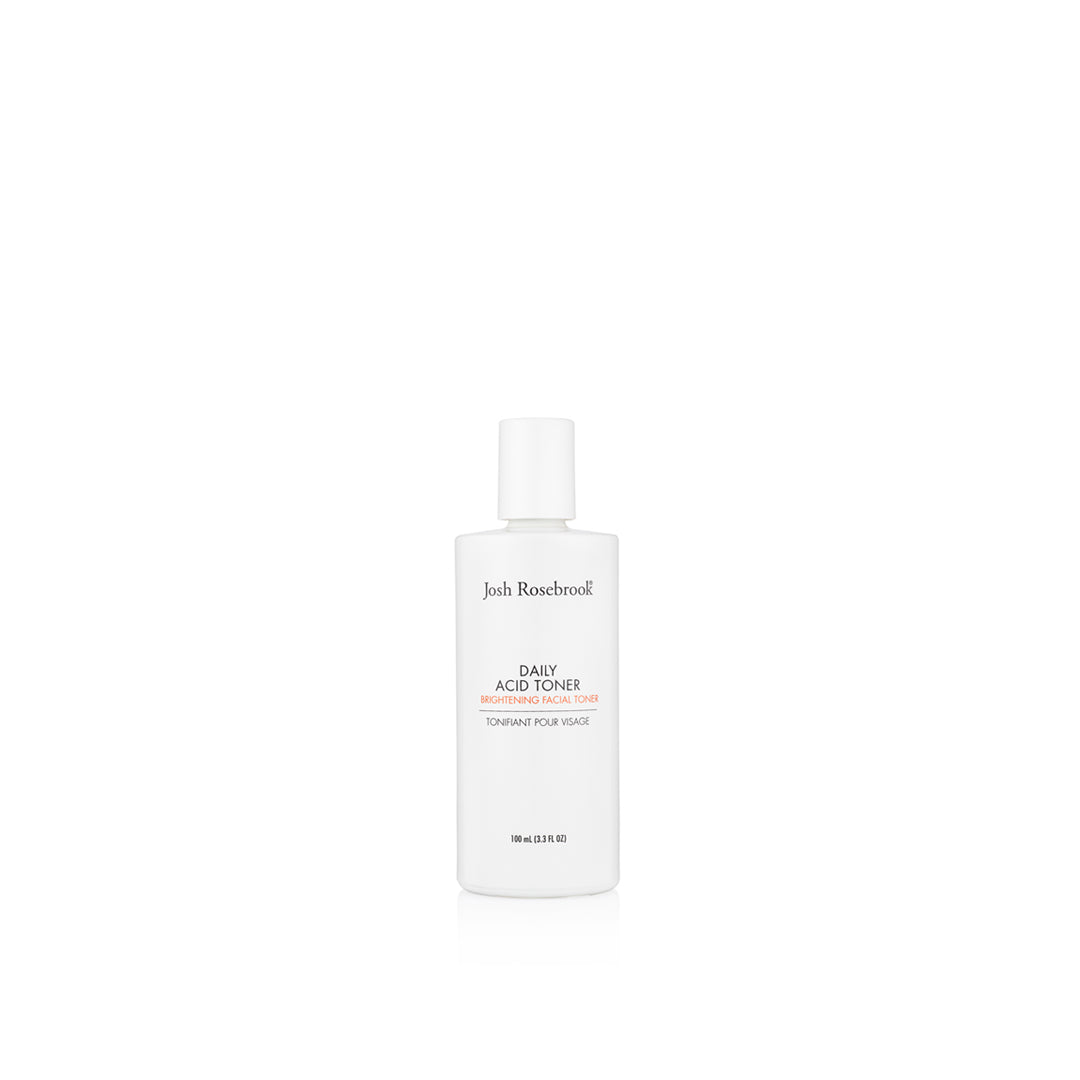
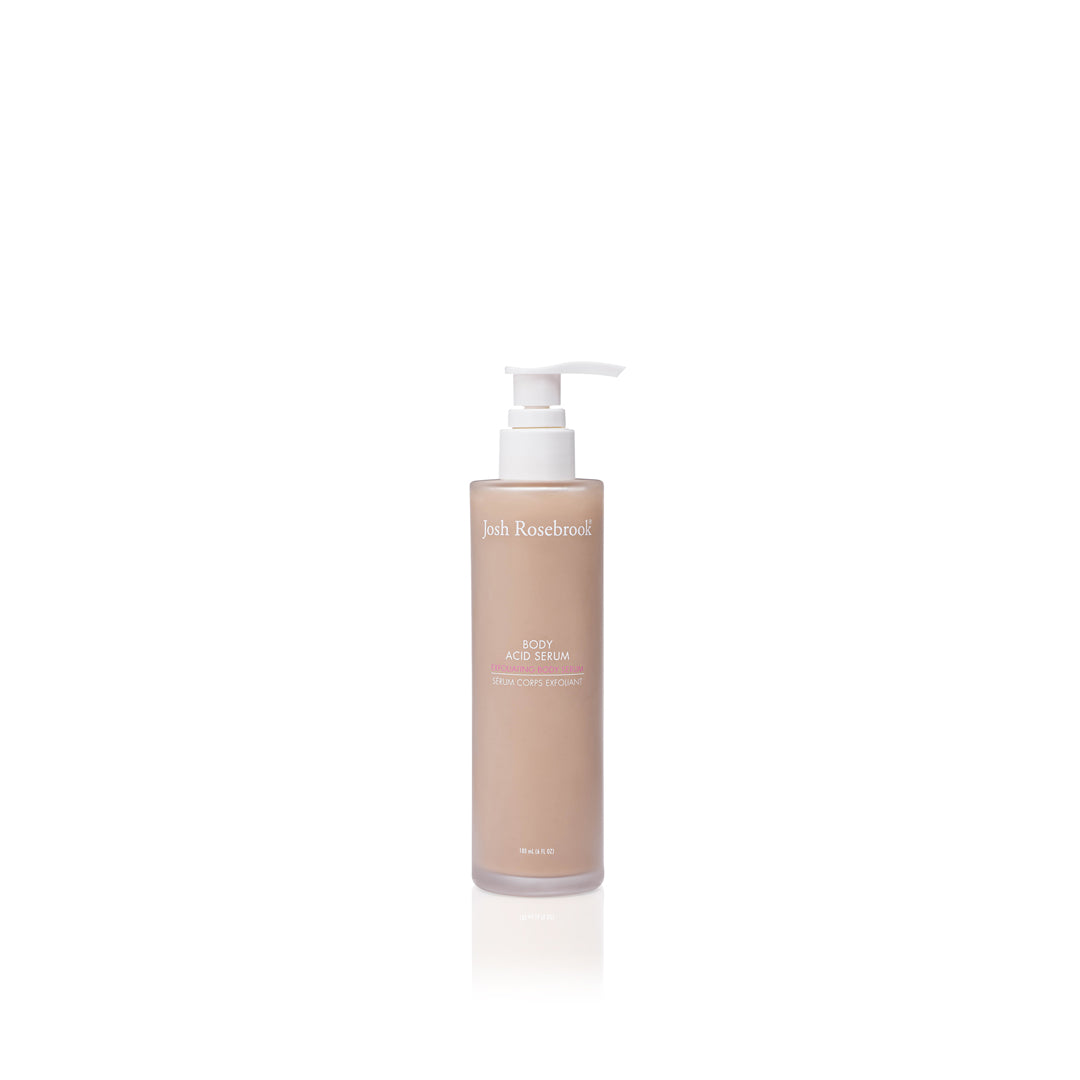
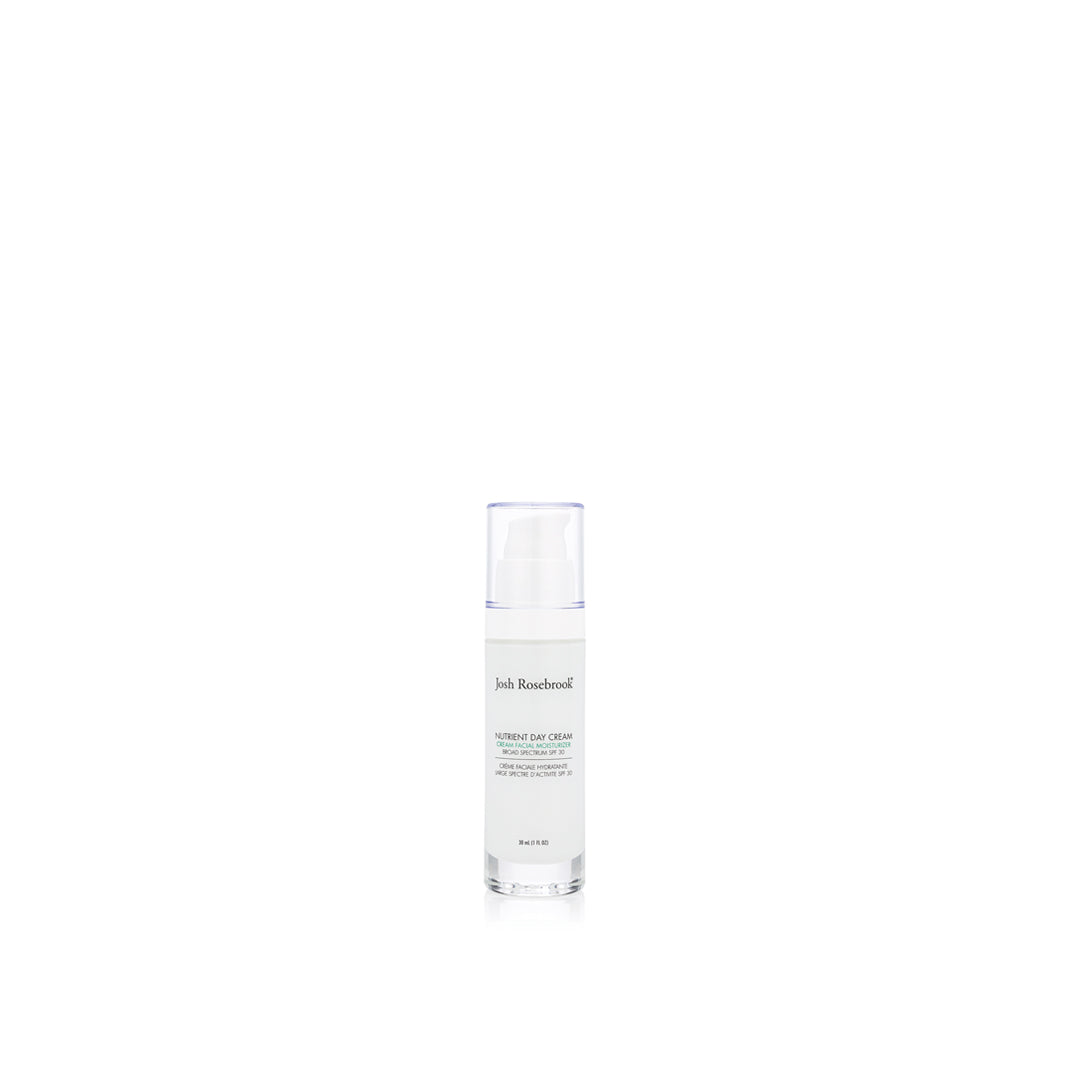
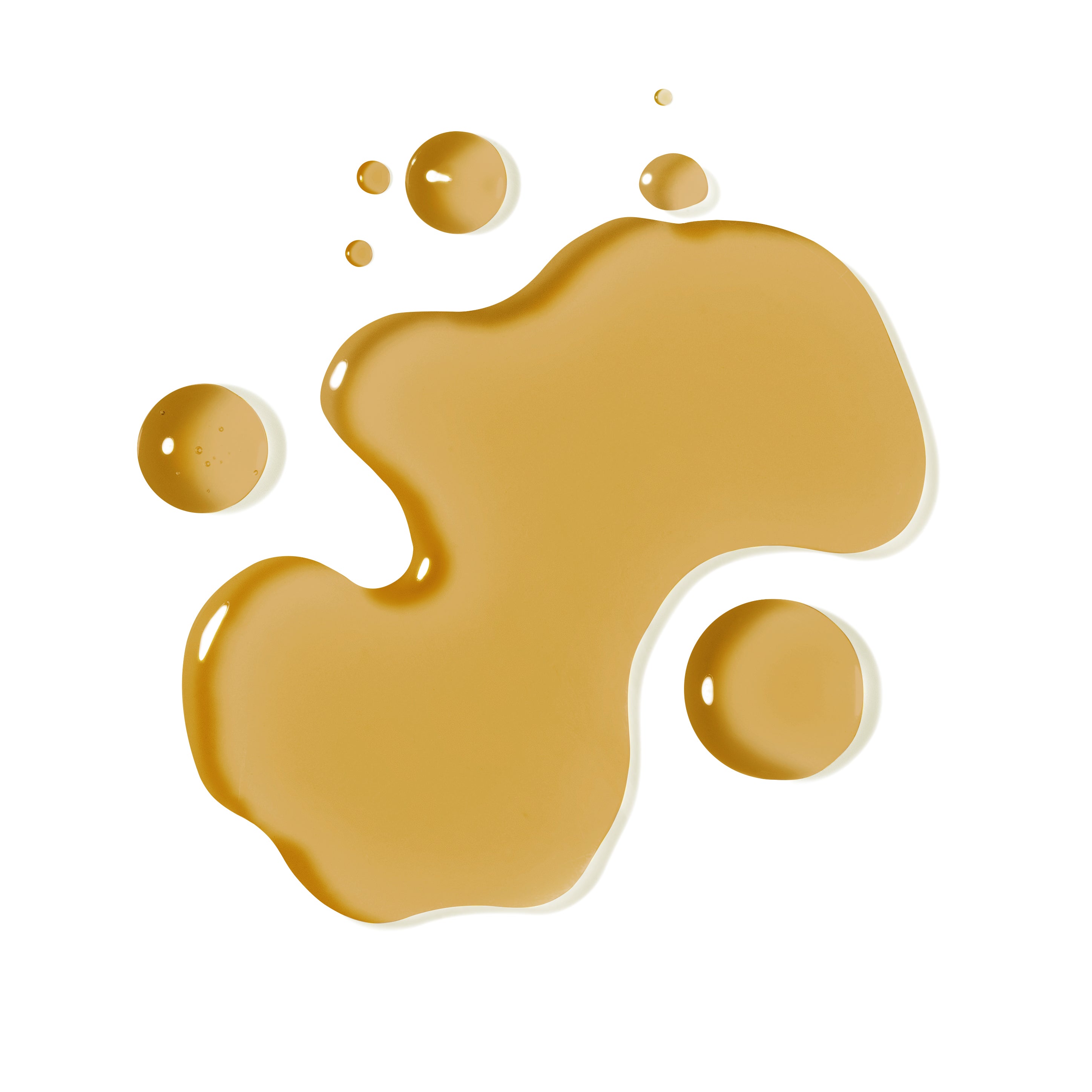

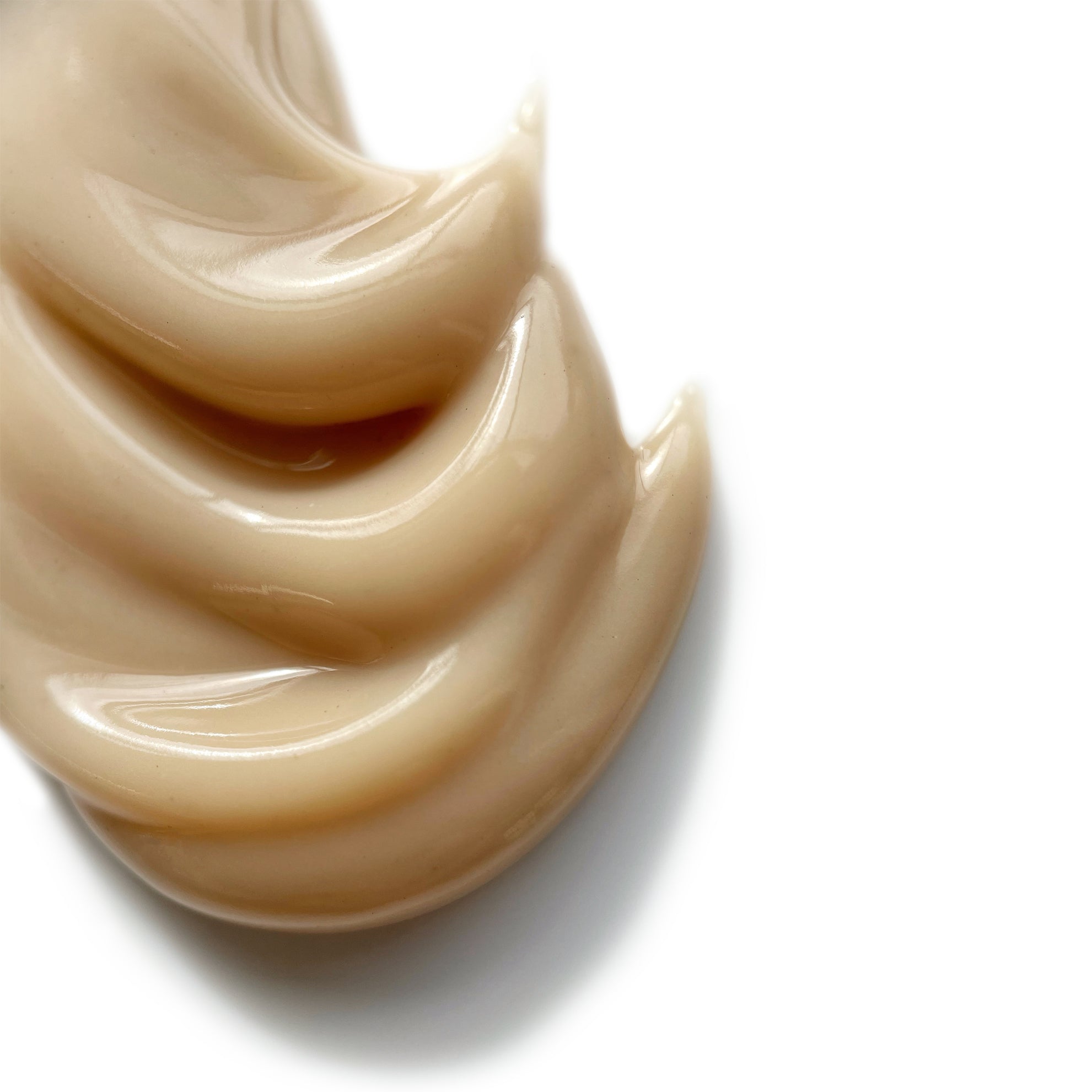
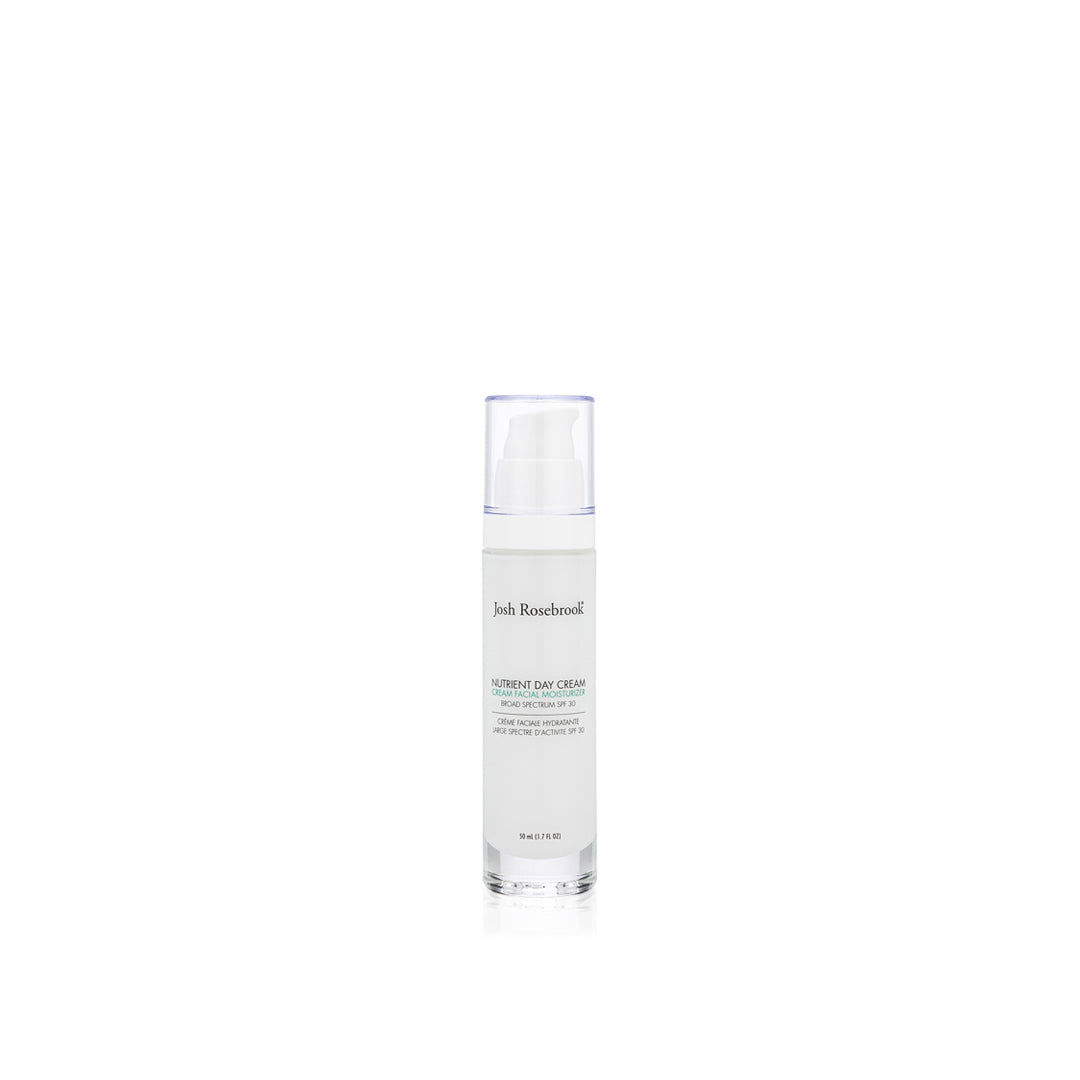


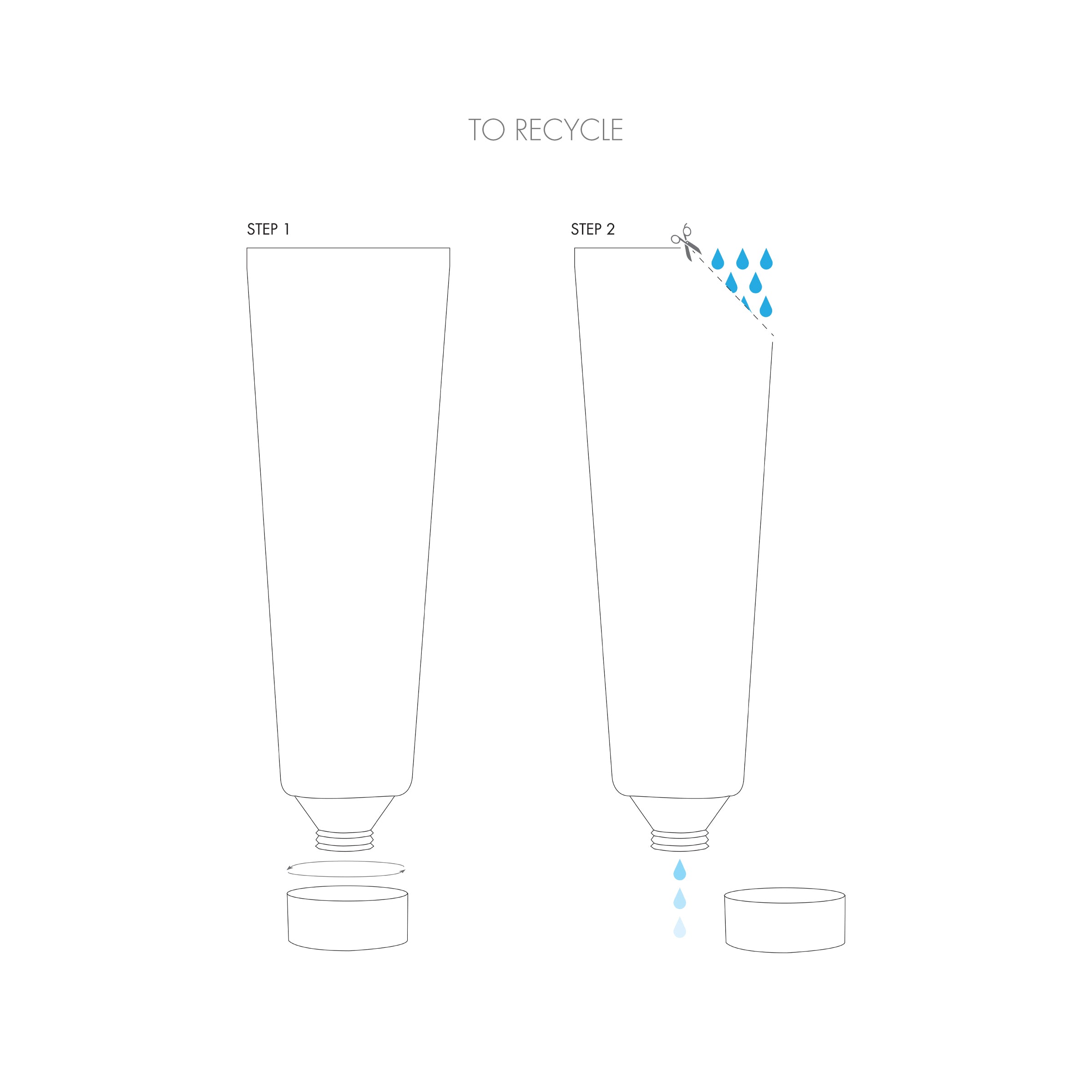
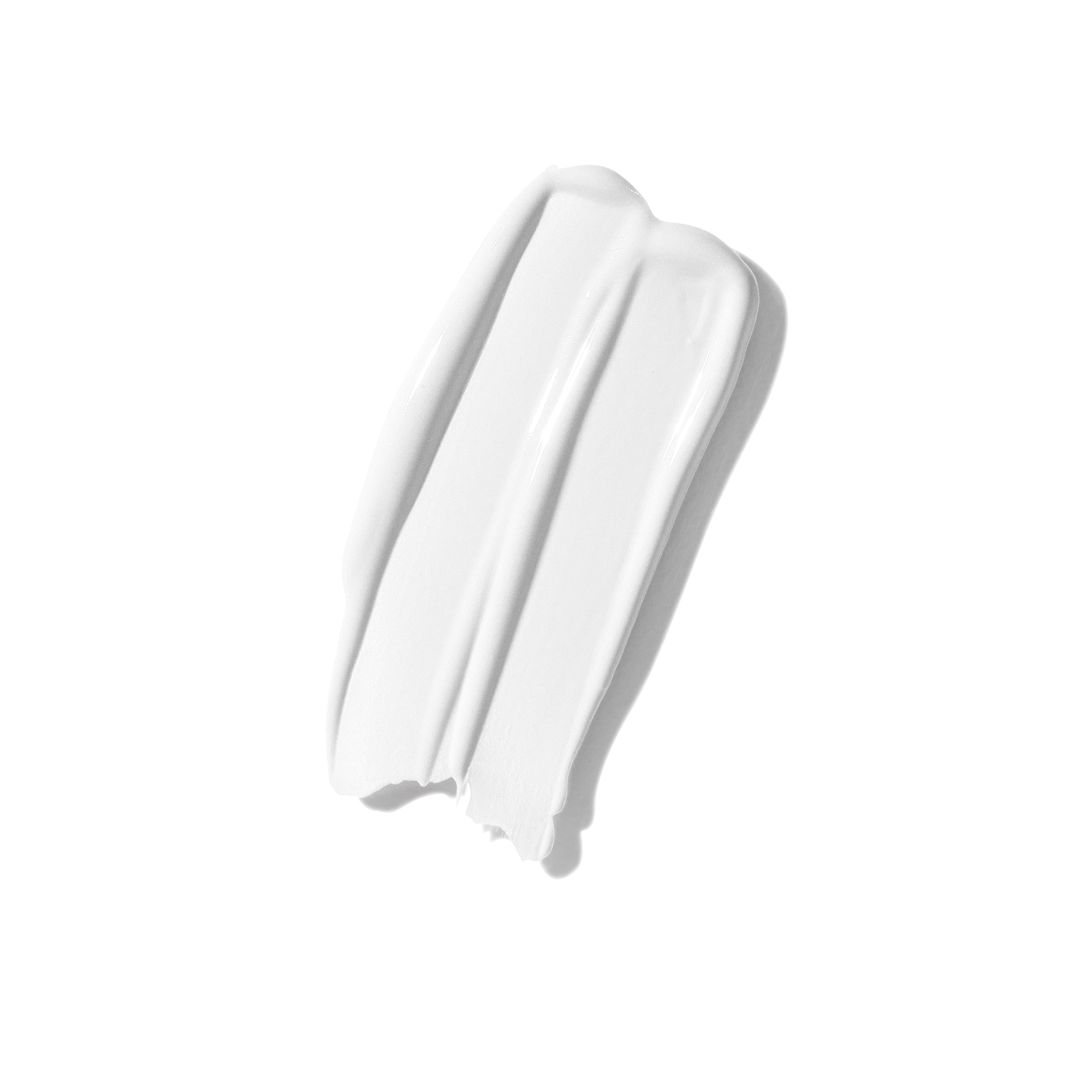

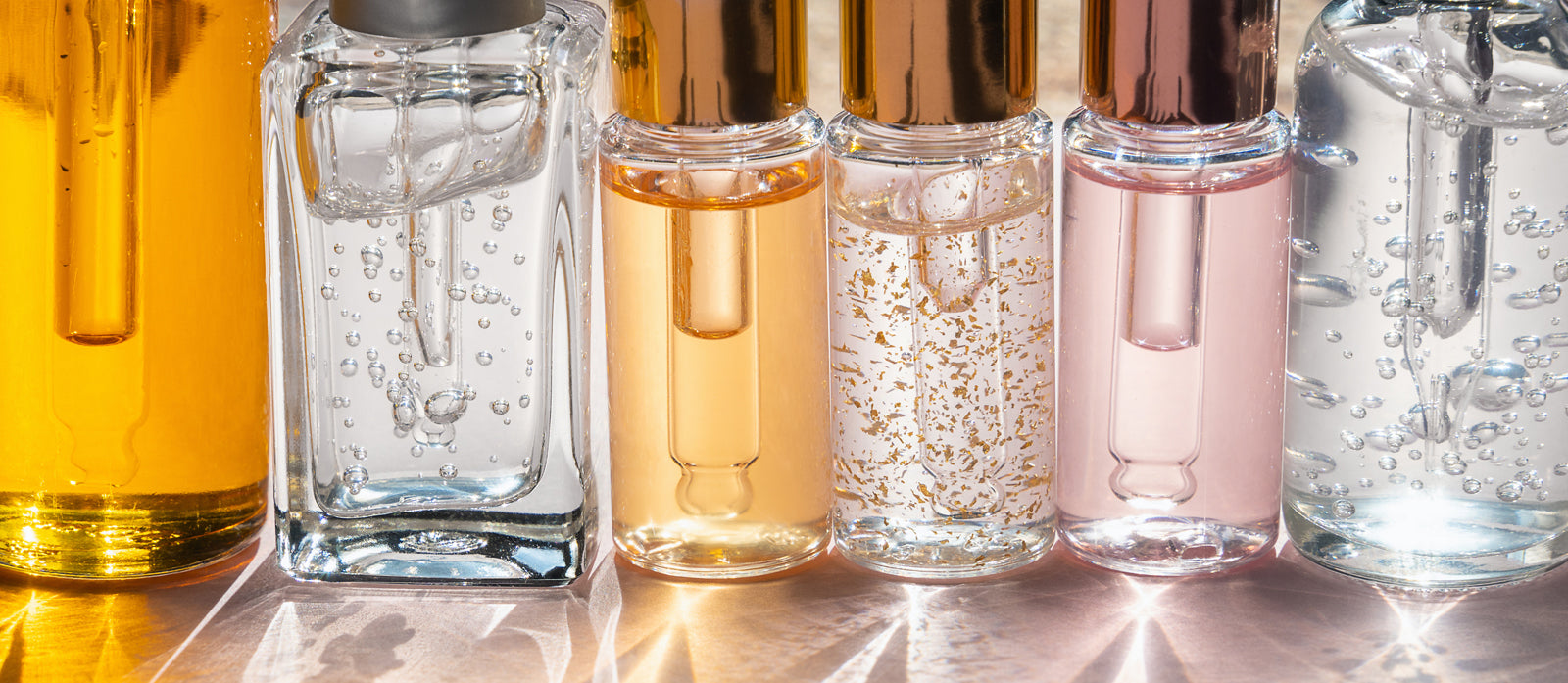
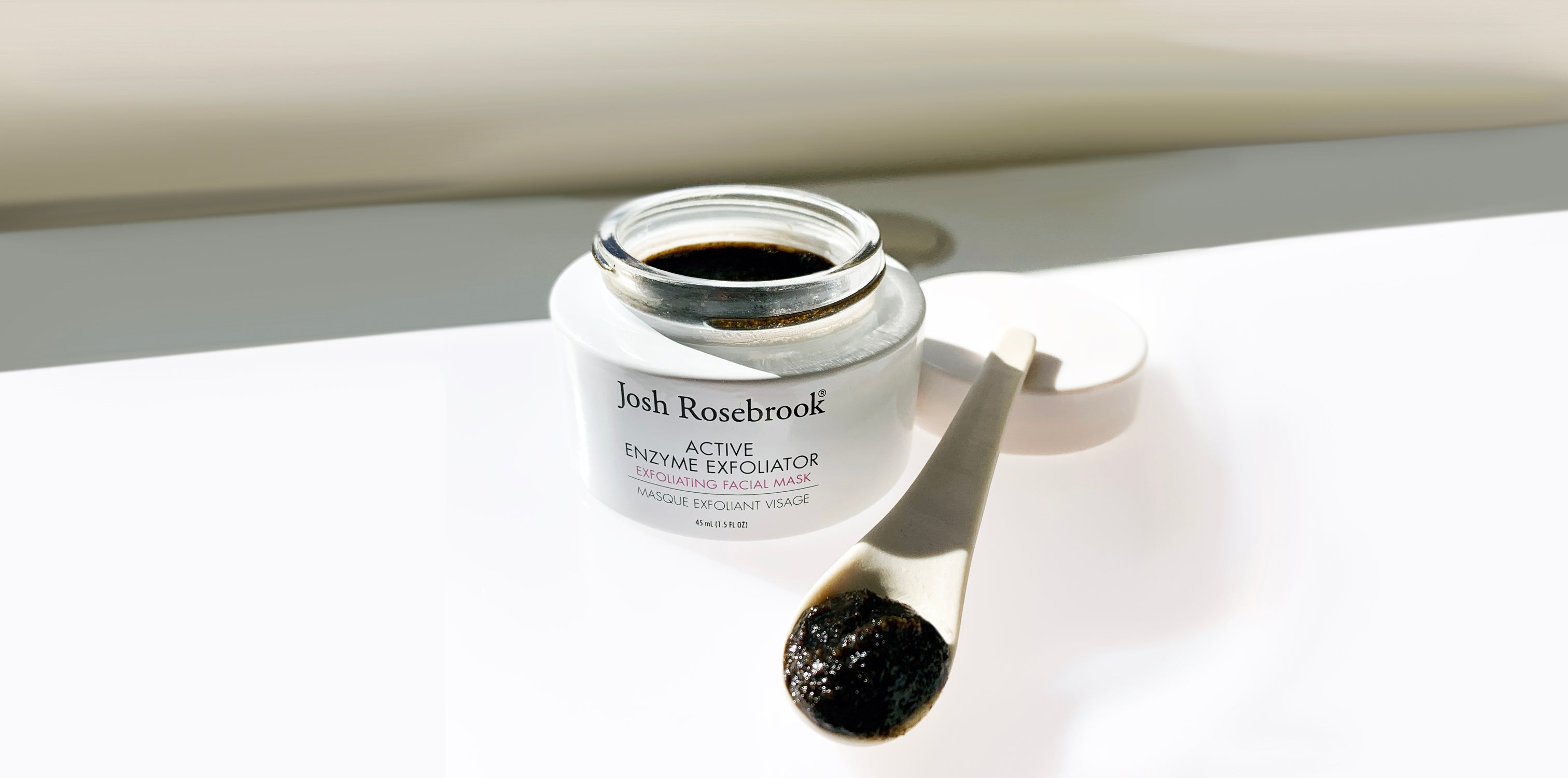
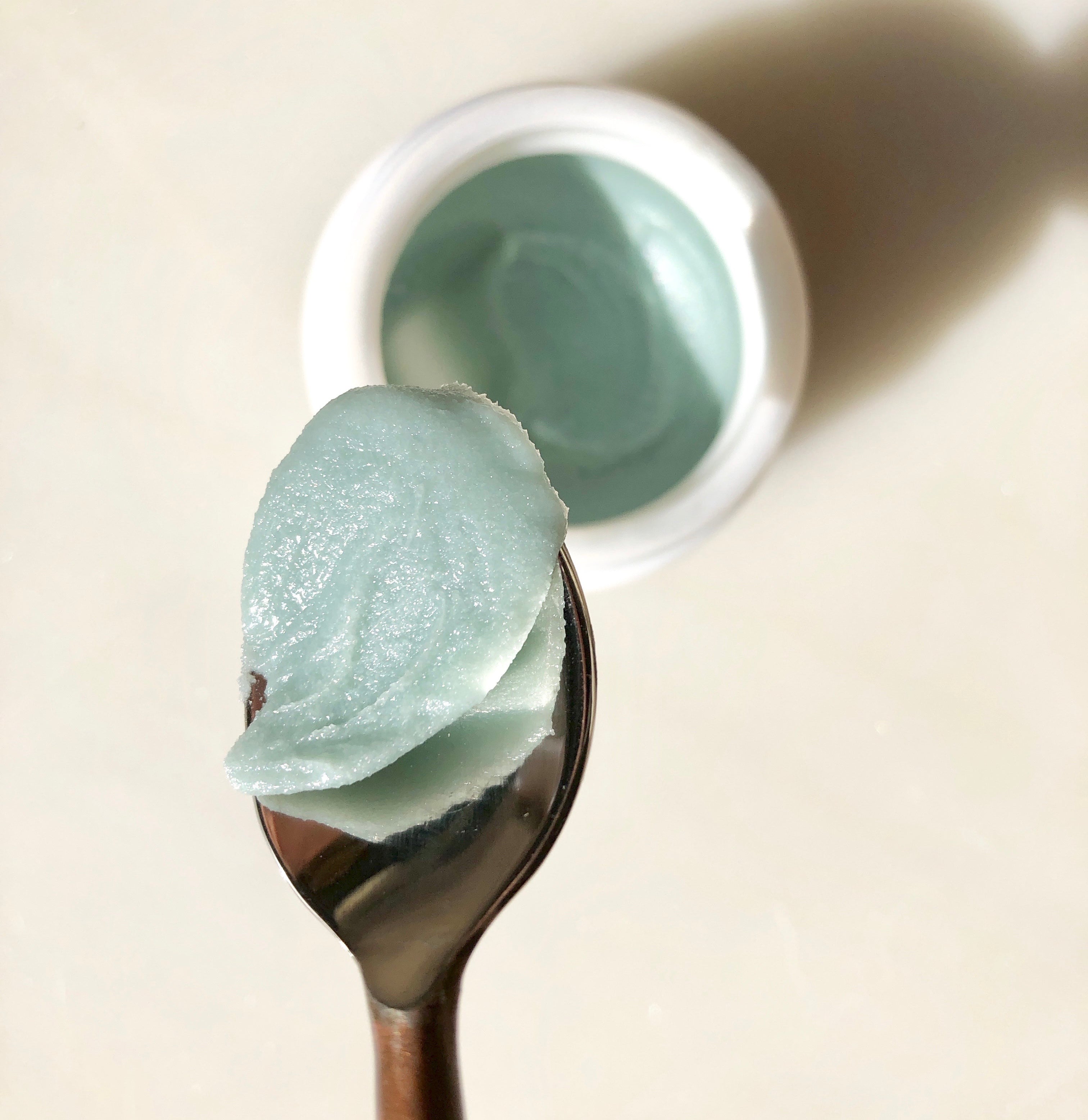
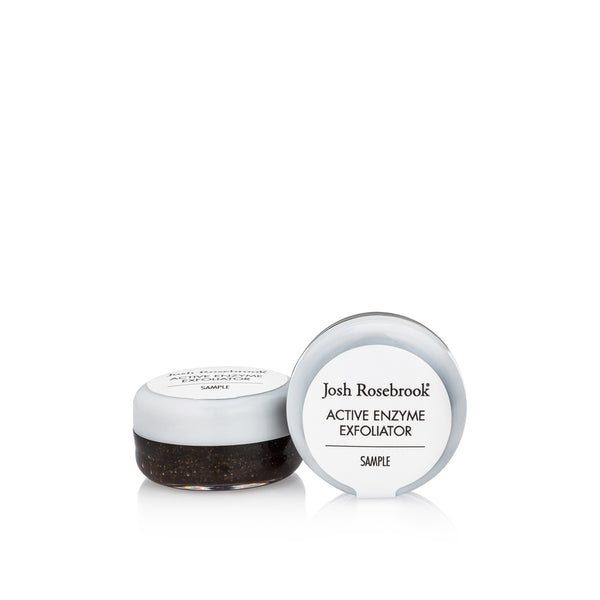
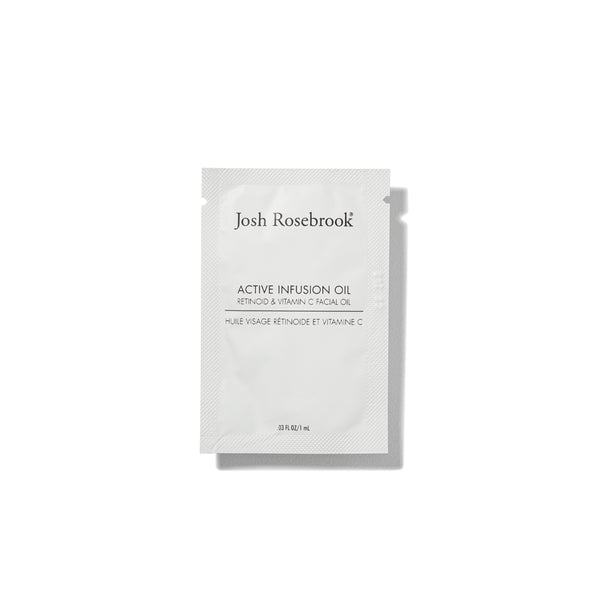

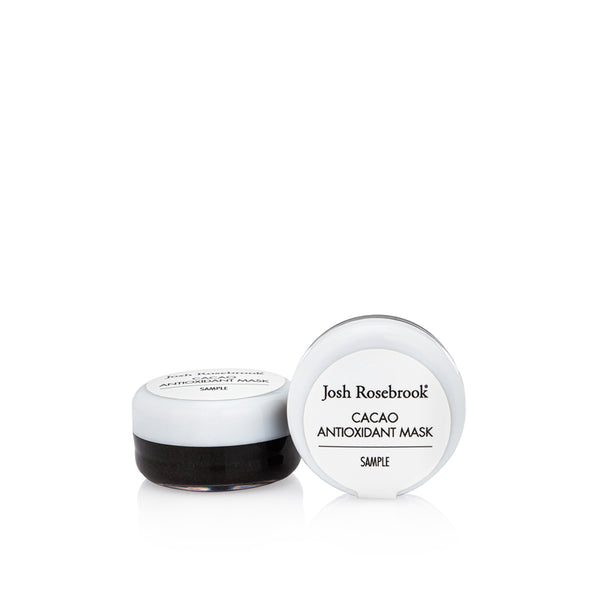
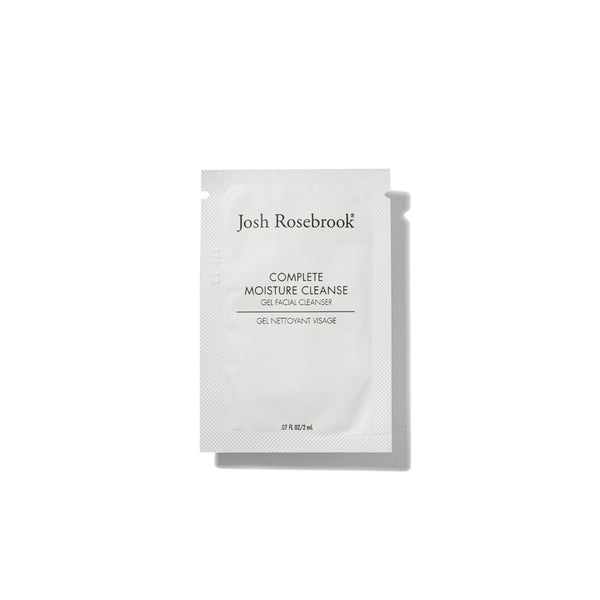
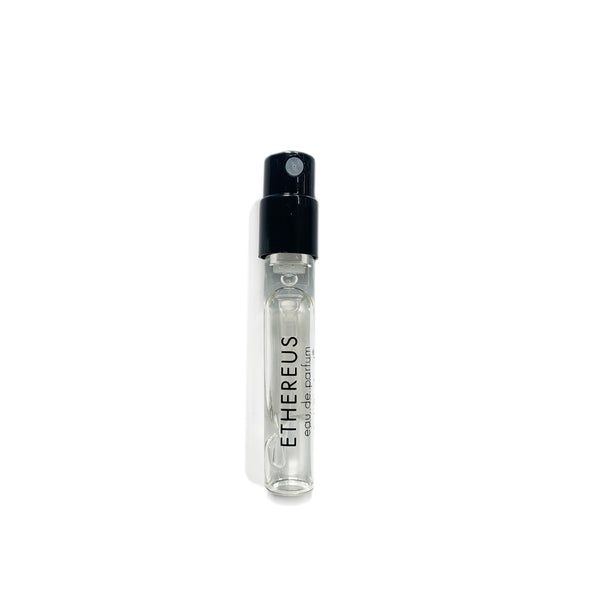

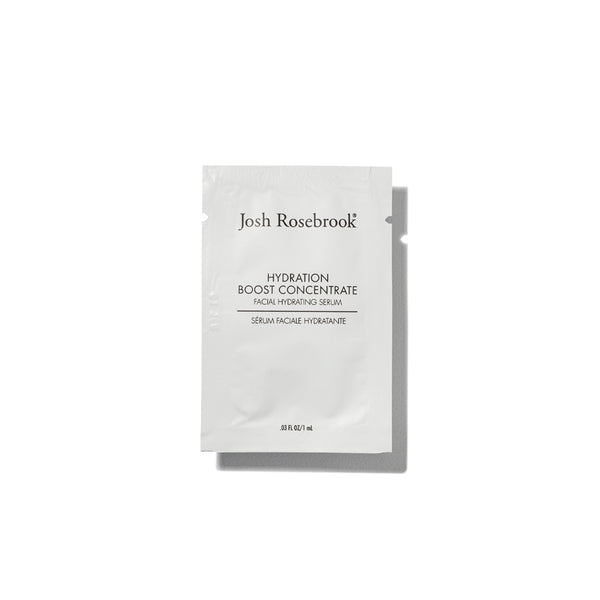
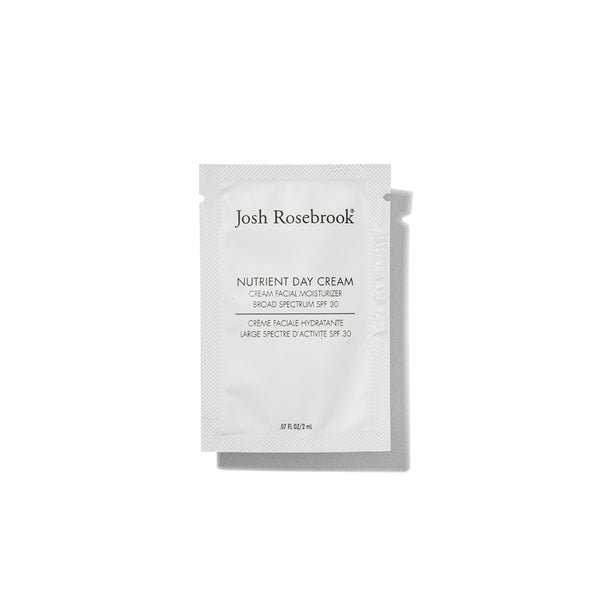
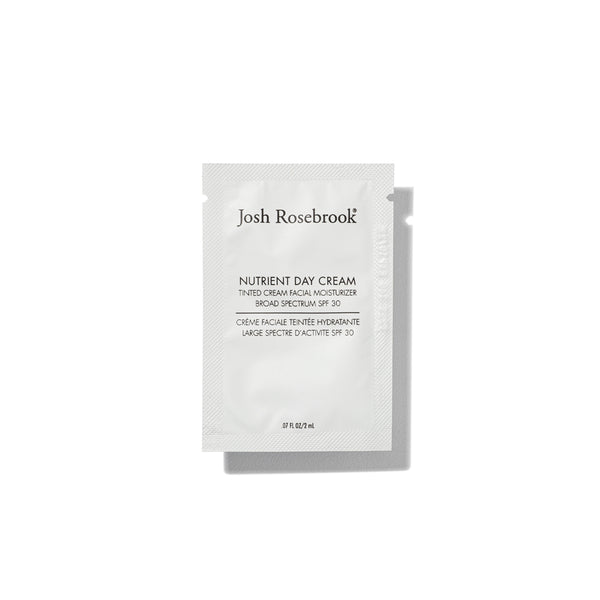
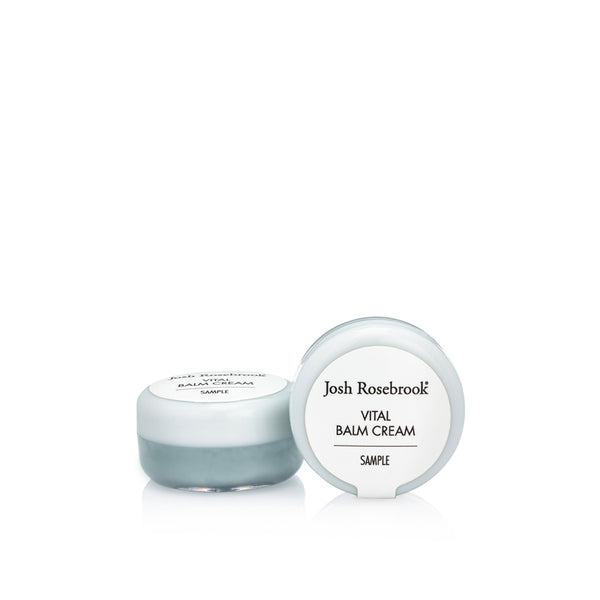
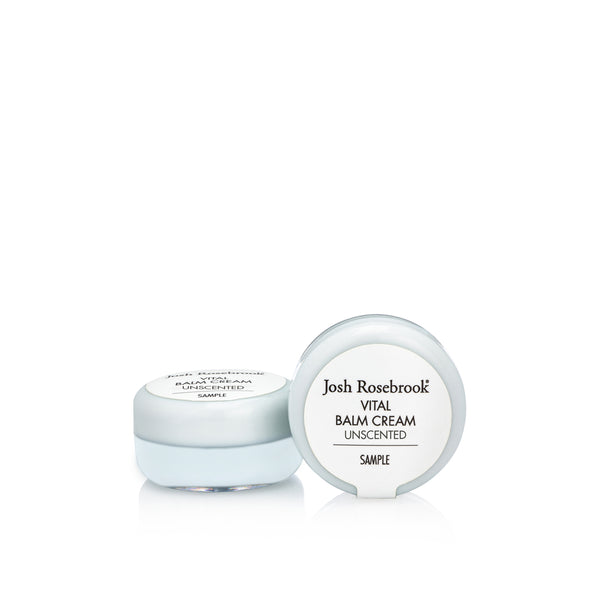
WRITTEN BY Josh Rosebrook